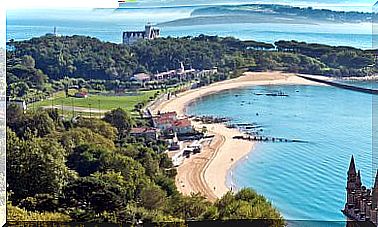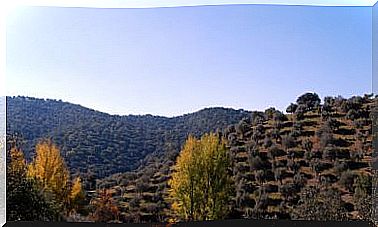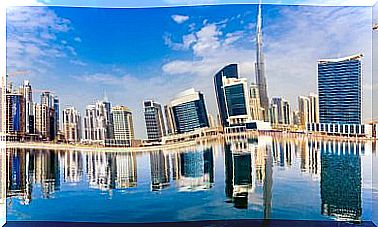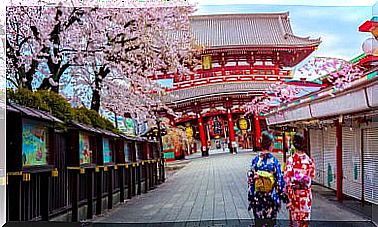4 Treasures Of Kyoto, One Of The Most Beautiful Cities In Japan
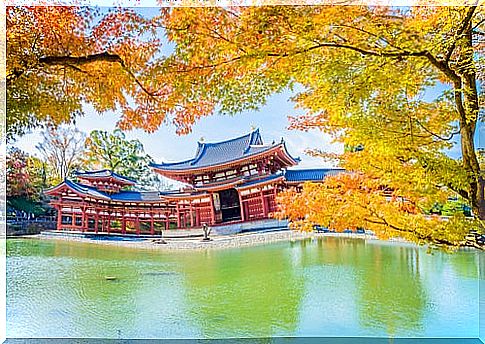
The treasures of Kyoto, in Japan, are innumerable because this is one of the imperial cities par excellence, a place where the ancient Japanese culture shows its peak. Kyoto is home to numerous spaces that have been declared a World Heritage Site. Wonderful temples and buildings that seem like the fruit of fantasy.
Kyoto treasures that amaze
We are going to take a short walk to discover some of the treasures of Kyoto, those that attract the attention of tourists and that keep the essence of Japanese culture and traditions. Are you ready?
1. Fushimi Inari Taisha, the most popular goddess temple
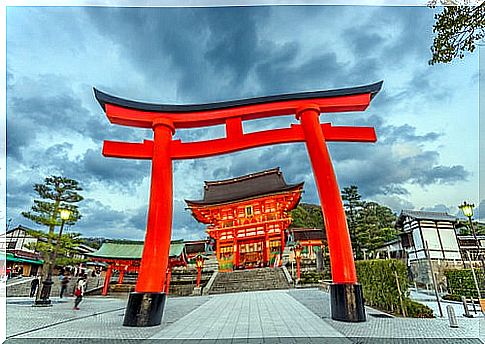
It is a magnificent Shinto shrine. Not surprisingly, Shintoism is one of the most extensive and followed religions in Japan. According to their legends, the forces of nature are nothing other than the personifications of deities.
Specifically, this temple is dedicated to the goddess Oinari, the deity of success, as well as to some crops and animals, such as rice or foxes. In fact, it is usually represented with figures of this animal.
The most striking thing about this monastery are its hundreds of typical Japanese arcades. These are called torii and serve as markers of separation between the mundane world and the sacred world. Usually the temples usually have a maximum of one pair, however, those dedicated to Oinari usually have lots of them forming corridors.
2. The Golden Pavilion, the most visited sanctuary
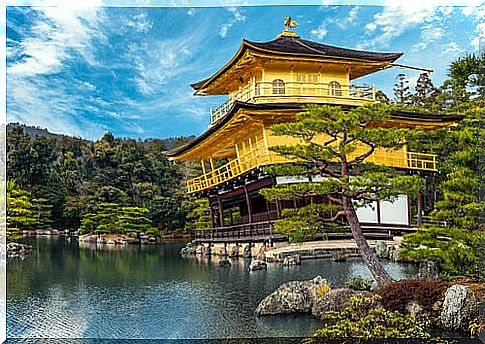
The original name of the Golden Pavilion by which this temple is known in Japanese is Kinkakuji. However, its original name is Rokouon-ji. It is one of the most historical monuments in the city of Kyoto.
At first, it was raised as a private space for a commander of the Japanese army. Years later it was transformed into a Zen sanctuary, but it does not currently fulfill this function. A higher position has been earned, that is, shariden.
The temple has a beautiful yellow color. The golden tones, as well as its name, come from the gold leaf that covers its exterior walls. It is located in a spectacular natural setting, in which its lake and its groves stand out.
His visit is very curious and interesting because thanks to it we will be able to better understand what life consisted of during the Japanese Middle Ages. The feudal samurai style draws attention in all its decoration.
3. The Kyoto Imperial Palace
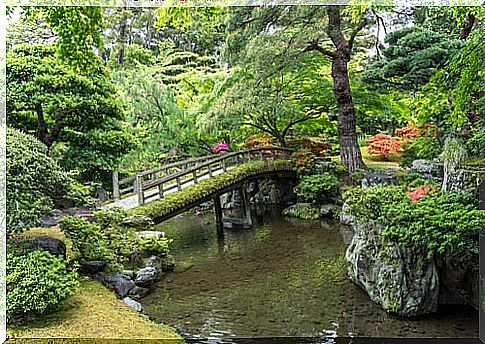
Although it bears the title of imperial palace, this building does not serve as the emperor’s residence. It is located inside a large natural park called Kyoto Gyoen.
What remains of this palace is not the real imperial palace in which Emperor Kogen lived. What can be visited is just one of the exterior buildings. It has nothing to do with what the old historical complex was. Currently only reconstructions remain. Regardless, it is still one of Kyoto’s treasures.
If we want to do this tour, we have to make a request for a visit. We can do it through your website. It is necessary to remember that we must request it at least 3 months in advance.
The Kyoto Tower
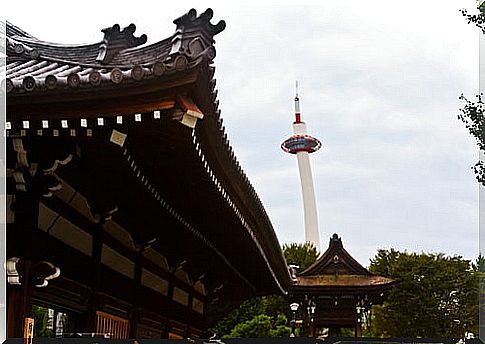
The Kyoto Tower is the tallest building in this metropolis. Its highest part serves as an observatory, and from there you can see a perfect panoramic view of the entire city. On clearer days, even the nearby town of Osaka can be seen.
It was built in 1964 to celebrate the Olympic Games of that year and with a design by the architect Mamoru Yamada. At its feet, on the underground floor, we can enjoy typical Japanese spa-like baths.
It is another of the treasures of Kyoto, although the truth is that there are those who adore it and those who detest it. In any case, we must approach it because it is part of the physiognomy of the city. The climb costs between 5 and 10 euros, depending on whether we buy them for children or adults.
